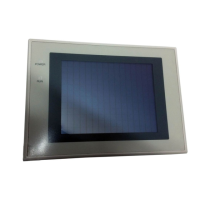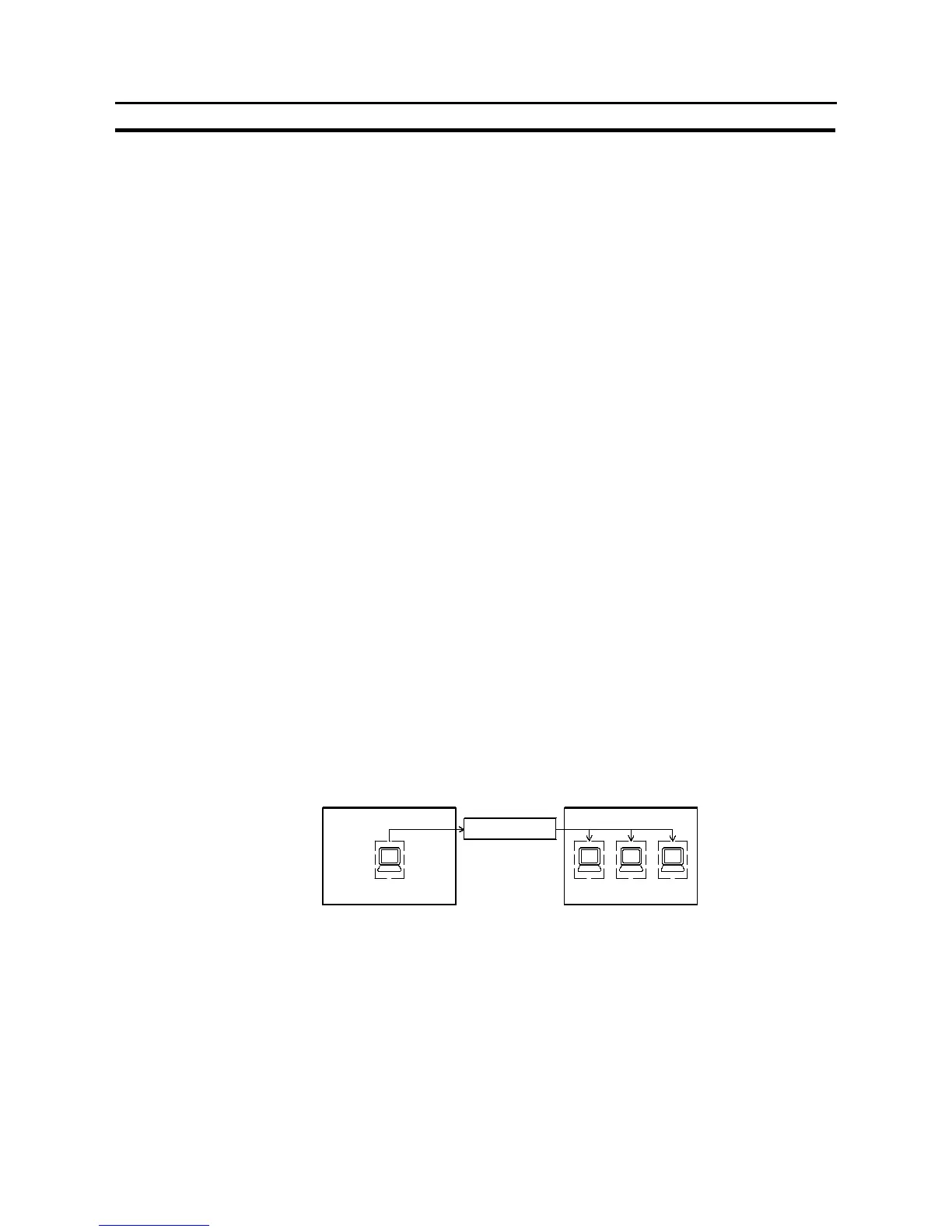322
Image and Library Data
Section 7-5
[Relationship with Other Elements]
S Difference between image data and library data
Image data can take any form for it is composed of dots, but library data can only
be created by assembling fixed display text and graphics.
Since only drawing information for characters and graphics is registered for li-
brary data, library data takes up less memory area than image data, which re-
quires all the dots to be displayed on the screen to be registered as data.
Another difference is that “flash” and “inverse” display are not possible for image
data, but library data can be displayed in these modes in accordance with the
display attributes of the registered elements. The timing of the flashing is the
same for all elements.
S It is possible to specify different image/library data for the graphic displayed
when a lamp (image/library lamp) is ON and OFF (page 326).
S It is possible to specify different image/library data for each message displayed
for the alarm list/alarm history function (page 406).
S Image data elements overlap with other fixed display elements in accordance
with the order in which they were registered. However, the way in which they
overlap can be changed with the Support Tool.
7-5-2 Library Data Display
[Function Outline]
Library data are combinations of multiple fixed display text and graphic elements
registered as single elements. Library data can be registered in any required size.
Library data arecreated with the library editor ofthe Support Tool, independently of
screens, and as many as required can be displayed at any position on any screen.
Registering frequently used and complex images as library data allows them to be
displayed easily whenever required.
Since the individual elements within a library data are displayed in the order they
were created with the Support Tool (graphics created early are overlaid by those
created later), the order must be considered when creating them.
Complex data can
be displayed as
many times as
required.
Library data

